Graham Coxon: “I like to put the guitar under a certain amount of stress and see what it asks me to do”
The Blur man on songwriting, gear and modding classics
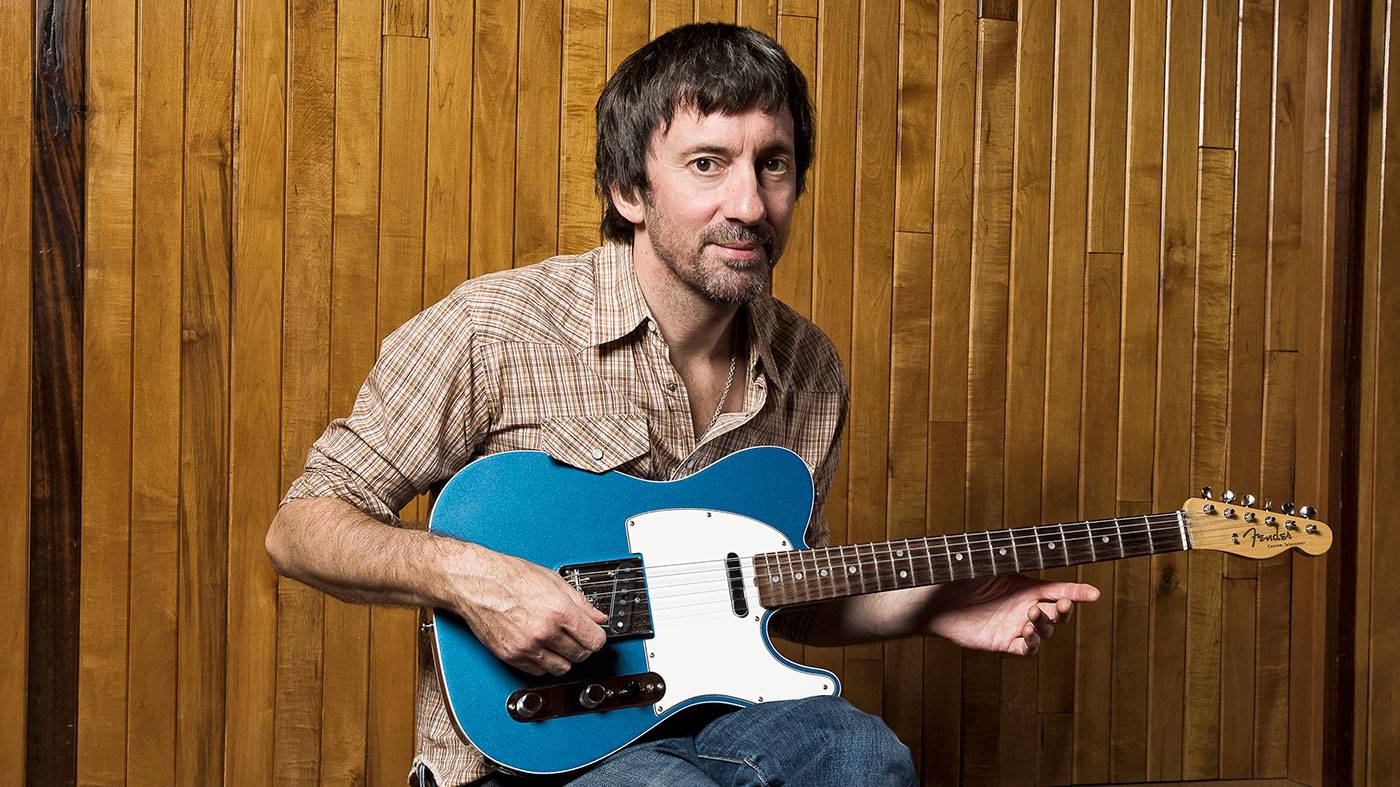
Graham Coxon is hard at work behind the doors of a North London studio in preparation for an imminent US solo tour.
We immediately recognise his playing from the other end of the corridor and walk in to find him auditioning a new Yamaha Revstar RS620 at volume through his most recent of gear revelations - the Line 6 Helix.
Surrounded by guitars and boxes of effects pedals, he takes a break from rehearsing the new set, which has been drawn from two decades’ worth of solo releases.
How far back are you going with the songs for the solo tour?
The Gibson humbucker is amazing. It wasn’t very expensive because it was so beaten around
“Right the way back to the beginning, which is 20 years ago! I’m just figuring out the logistics of what acoustics and electrics I can take, what I shouldn’t take, and what guitars would be good to have with me when I’m staying in LA after the tour. I’m going to catch up with some friends afterwards and see what happens.
“Fender just gave me a Lake Placid Blue 60s Telecaster from their new American Original series that I’ll take with me. It’s beautiful. It’s bound like an old Custom and it’s got a slightly deeper neck [profile]. I got used to the 60s necks on Teles, although I did play the ’52 reissue [American Vintage series] throughout Blur, which had quite a big neck and was really heavy.”
How did you acquire the 60s Tele with the Gibson humbucker in the neck position?
Get the MusicRadar Newsletter
Want all the hottest music and gear news, reviews, deals, features and more, direct to your inbox? Sign up here.
“I bought it from Vintage And Rare Guitars. I got a few guitars from there — a really great old Jazzmaster with a ’61 neck and a ’62 body, a lovely Goldtop Les Paul with P-90s in it - which is a Custom Shop job, I think - and the Tele with the Gibson humbucker, which is what eventually became Fender’s Graham Coxon Telecaster model.
“I call it The Shed now, because it looked like it had been creosoted, and it had a hammer hole in the back. I think it’s a ’68. It had been well gigged. But the Gibson humbucker is amazing. It wasn’t very expensive because it was so beaten around. The neck is just lovely - that was why I bought it, in a way, and the humbucker is incredible. It gave me that massive sound. My tone reference was always Cream as well as Abbey Road, with the sort of fat, bluesy sound - I Want You (She’s So Heavy) and that kind of thing. So, the humbucker in that Tele really did it for me.”
Many great guitars aren’t factory original…
“Well, mostly they’re improvements, aren’t they? If you do something for the playability and benefit of the guitar then it’s fine. I mean you can always try and put back the original bits. Well, maybe not with my ’68 Tele as it’s slightly butchered. There was a lot of weird stuff in that guitar, like nails and nuts and bolts floating around and rattling about, but it’s a brilliant guitar!”
![“The Yamaha Revstar RS620 [in Brick Burst] I’ve got plays amazingly well - it plays just as well as any old Gibson of mine and it’s bang in the middle of the range” Graham Coxon](https://cdn.mos.cms.futurecdn.net/ELYFPw4AwLjj9x3CyfMXLP.jpg)
Going for a song
You seem pretty open-minded about guitars - that Fender Bass VI [see gallery below] has an interesting refinish…
“That was done for Sly Stone. Just after I bought it, I used it on the first track [That’s All I Wanna Do] from my first solo album [The Sky Is Too High]. That song starts with the really old 30s Gibson acoustic, and then it goes [makes explosion sound]. That’s the Bass VI through a fuzz pedal.”
Your first solo album, The Sky is Too High, has a great lo-fi sound…
“It was because of people like Smog, who were making records without worrying what kind of quality they were. Y’know, people like Pavement and that lo-fi movement - it encouraged me to think, ‘Yeah, why not?’ and in the end, I thought it was fine. I was lucky enough to be able to go into Matrix Studios and sit down at my old drum kit and bash out a drum track, and then play over the top of it. I mean a lot of [The Sky is Too High] is very loose. I wasn’t messing around a lot with getting things very perfect. But it has its thing, y’know?”
Your post-rehab albums, such as Happiness In Magazines, have a very different atmosphere…
[With Bittersweet Bundle Of Misery] I was like, ‘Crikey, I can’t believe I’ve written this little song,’ y’know? I was weirdly shocked I could write songs
“Yeah, a few songs from Happiness In Magazines had a bit of that perspective. The Kiss Of Morning album definitely did as well, it has quite a few references to that [Coxon entered rehab in 2001 following alcohol addiction]. And to having a young child. The whole thing - y’know, I was out of my big band and on my own and I wasn’t planning to have a solo career at all, but I just couldn’t help it, really. There was a guitar sitting there and I had plenty of spare time, then suddenly I was writing songs like Bittersweet Bundle Of Misery. I was like, ‘Crikey, I can’t believe I’ve written this little song,’ y’know? I was weirdly shocked I could write songs. I’d always been part of a team that wrote songs, but I’d never really done it all on my own.”
It’s never too late to find out you can write songs…
“You can write songs if you love music and you listen to enough music - the information is all there in your head. It’s just a matter of fiddling about, maybe with an acoustic guitar, until the chord sequence piques your interest and then melodies come to you. I find if I’ve got a chord sequence and it’s been sitting there for ages, my brain starts to do the work unconsciously. It’s almost like an earworm. That chord progression will be going around inside your head and your brain might be working on a melody without you really knowing it. Then, one day, it’ll make it known to you and you’ll be like, ‘Oh right - there’s a melody!’ So, you try it out and it either works or it doesn’t, but often you don’t know where it’s come from.
“It’s there from all the listening you’ve done - maybe from just listening to the atmosphere of a song. I think the memories of music come in big chunks. Something like a cowbell will be in your memory somewhere, or maybe the sound of the drums, or the types of harmony. If you’re listening to some funk or soul, then the whole atmosphere of that will be there, along with the melody. You sort of take a snapshot of the whole atmosphere of the recording. It’s only recently I’ve realised that’s kind of what’s going on.”
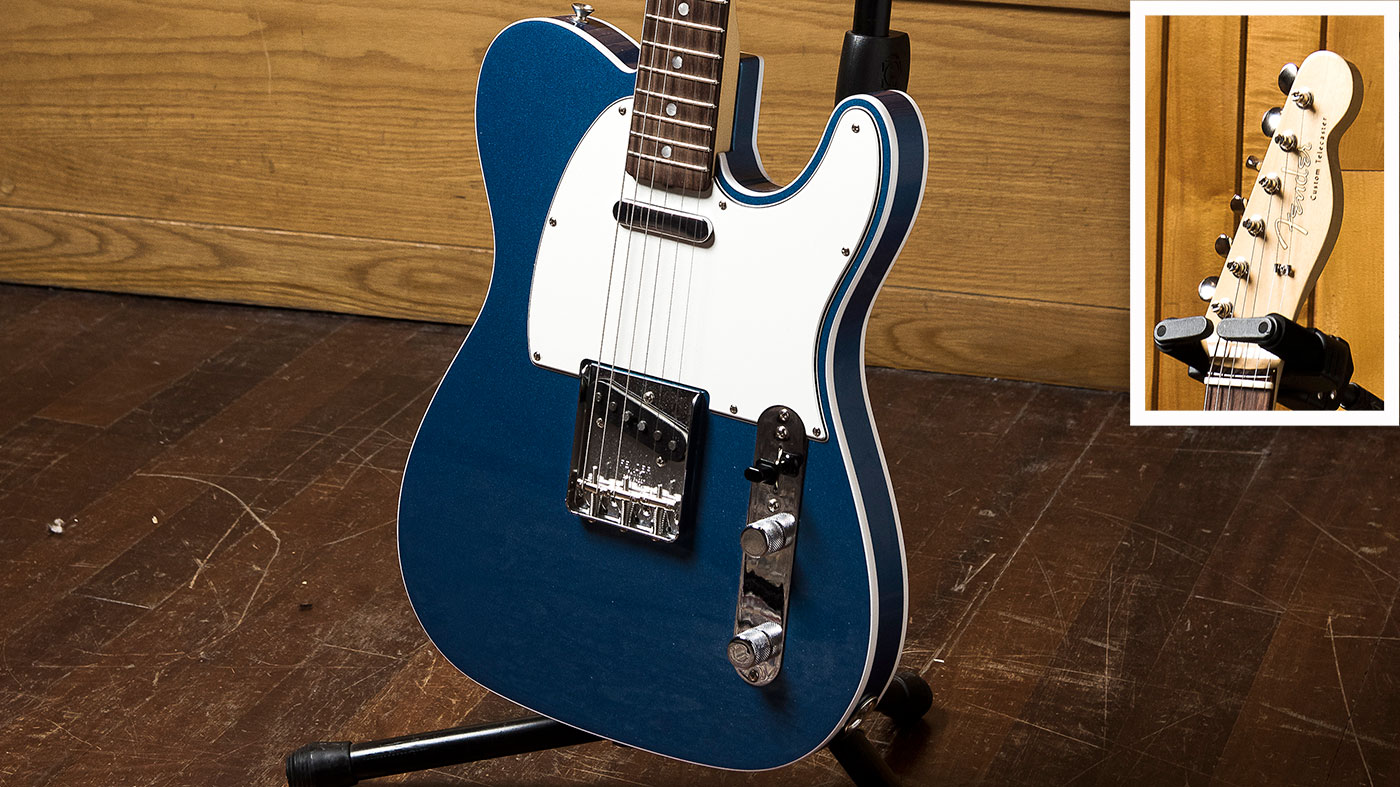
This 60s Telecaster in Lake Placid Blue from Fender’s new American Original series is one of Graham’s latest additions and features a Telecaster Custom-style (1959-1972) single-bound top and back, a mid-60s neck profile and two Pure Vintage ’64 single-coil pickups.
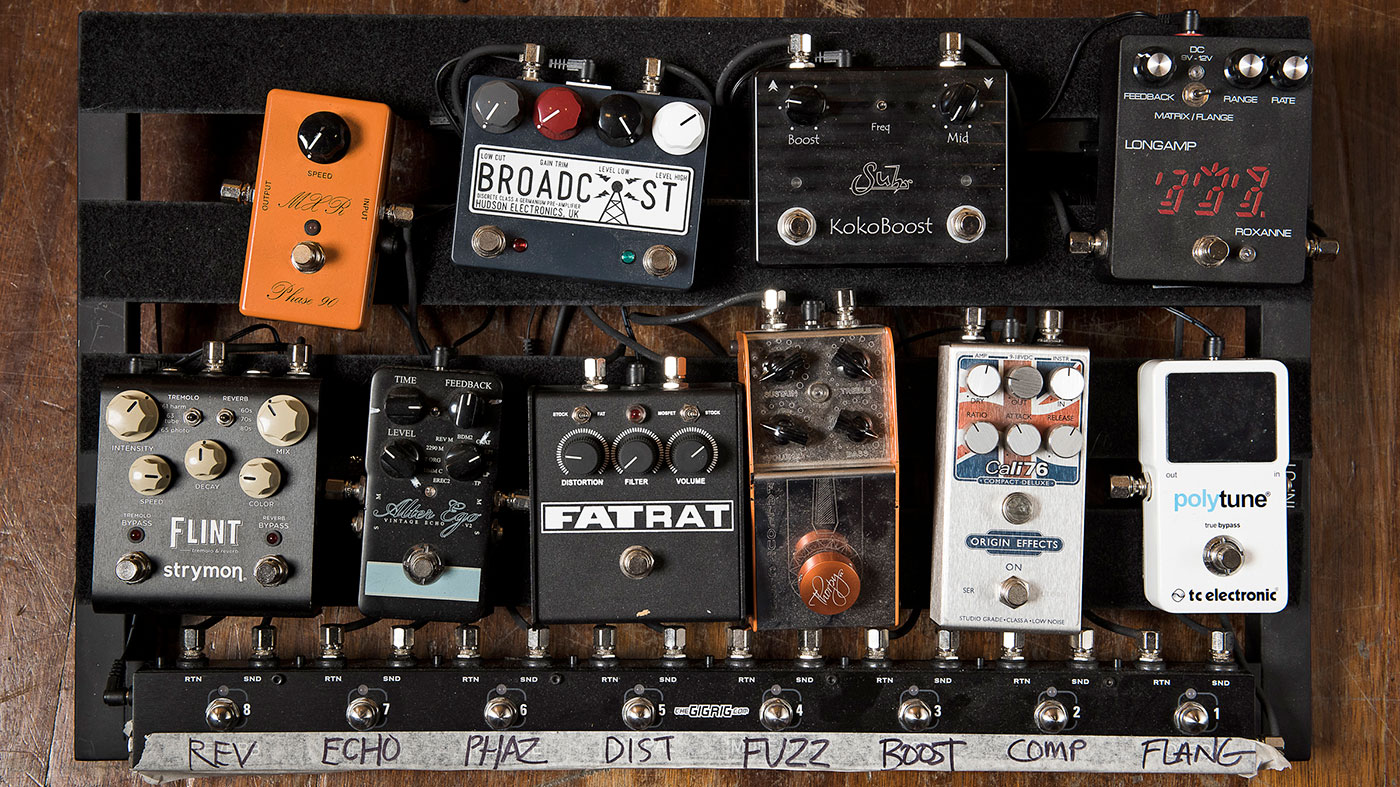
Graham uses his GigRig QuarterMaster QMX8 ’board to audition effects pedals. This Hudson Broadcast - an RCA console-inspired germanium pre-amp/ clipping unit - is one of his recent discoveries.
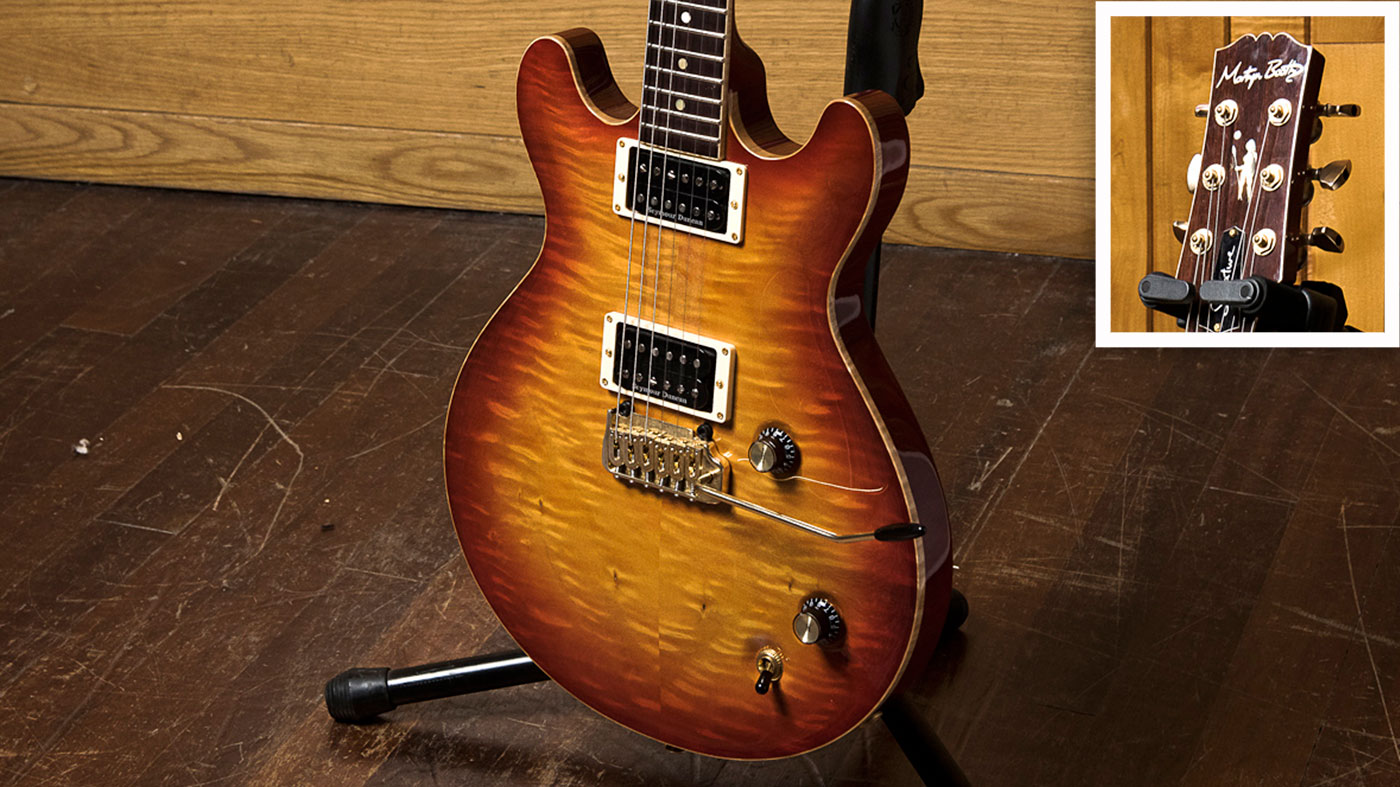
Graham’s Martyn Booth Cherry Sunburst Signature model was hand-carved in the UK and features Seymour Duncan JB SH-4 and Jazz SH-2N humbuckers in the bridge and neck positions respectively.
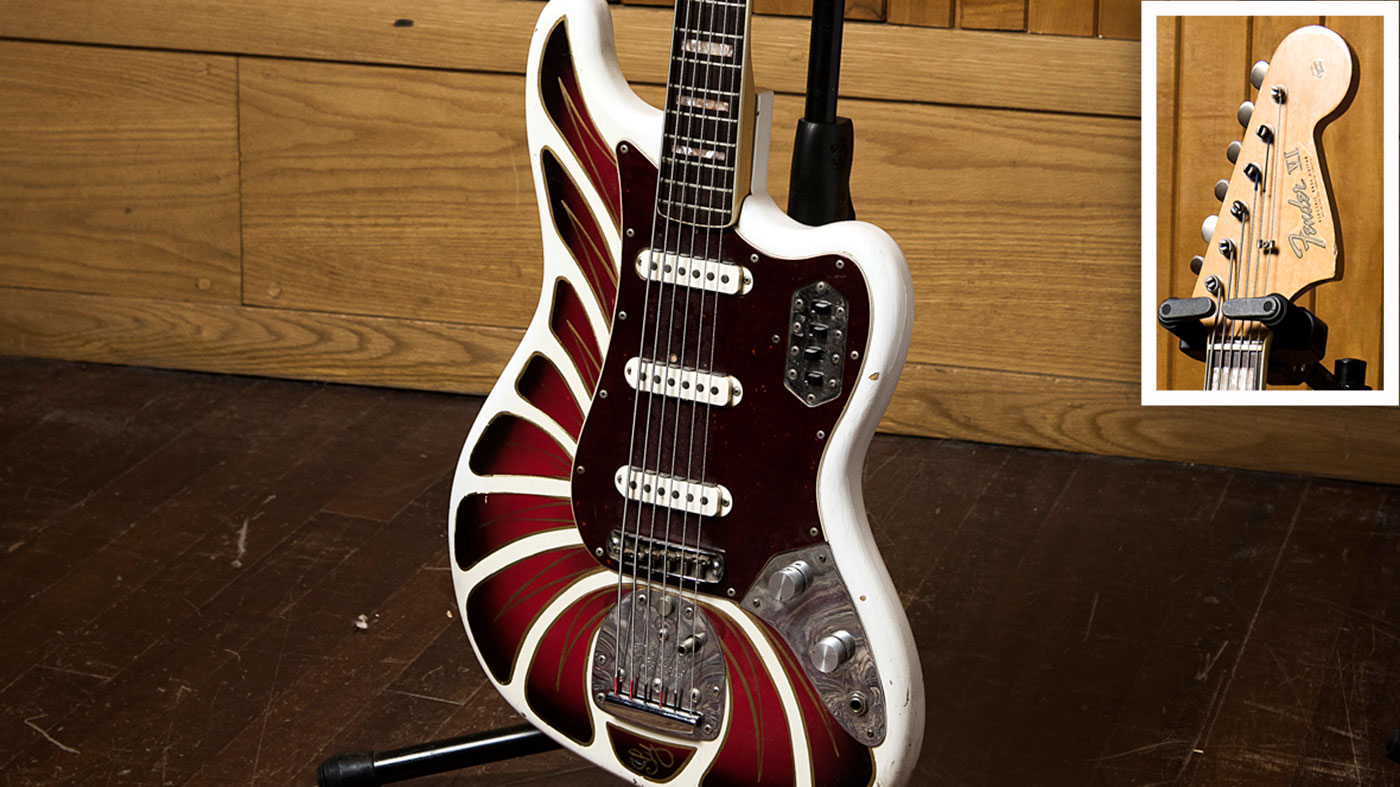
This late-60s Fender Bass VI was refinished for Sly Stone prior to Graham purchasing it in the late 90s. It has proven to be a firm studio favourite since appearing on his first solo recording The Sky Is Too High.
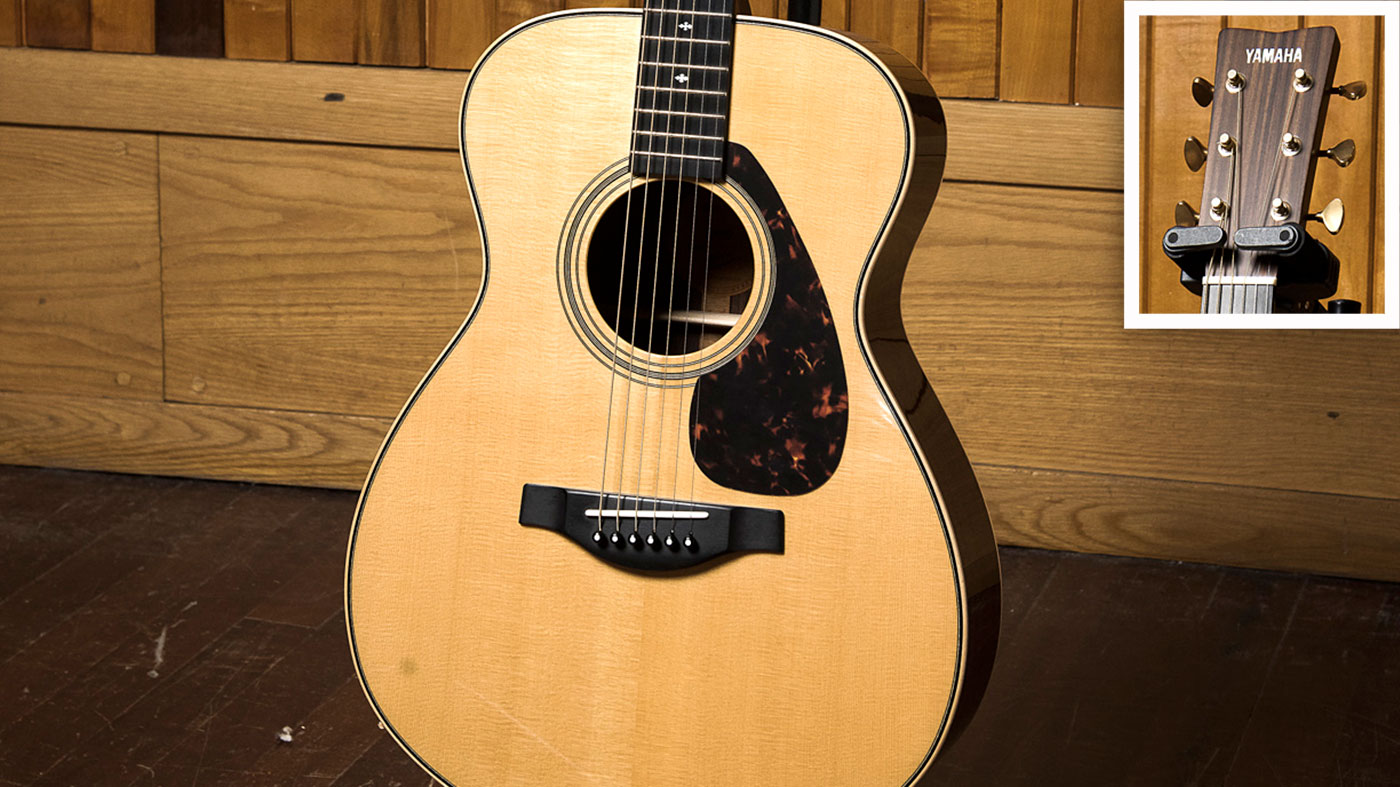
Graham’s guitar collection includes this Yamaha LS26 small-bodied acoustic. Since being turned on to Yamaha acoustics by Bert Jansch, he has also acquired a vintage FG1500 and an LL11 (as played by Bert).
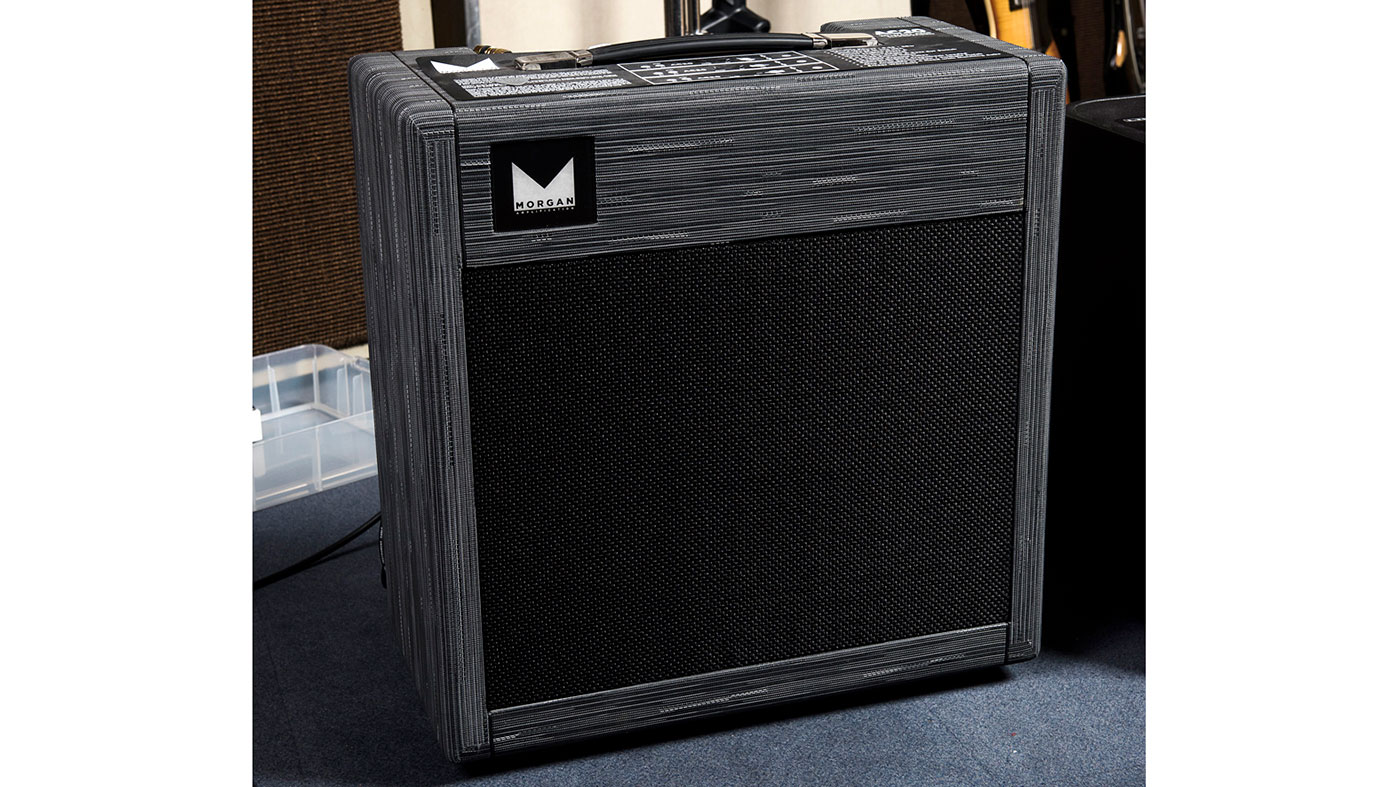
The hand-wired Morgan Amplification AC20 Deluxe features a 75W Celestion G12H speaker and power attenuation down to 0.25 of a watt. “It’s a marvellous amp for recording with,” says Graham.
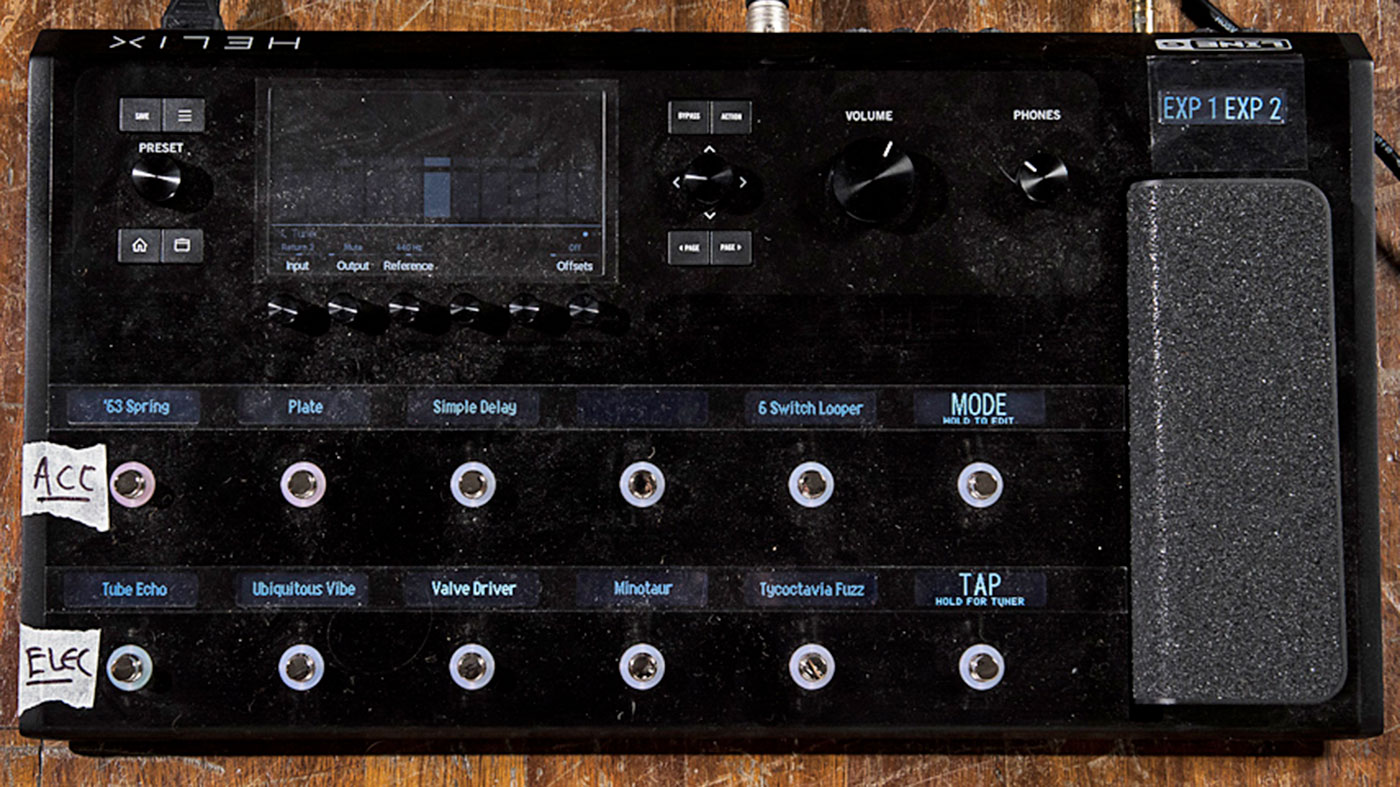
Graham is a recent convert to the Line 6 Helix’s amp modelling, looping and effects features and has been rehearsing for his forthcoming one-man-band solo tour of the US with it, using both electric and acoustic guitars.
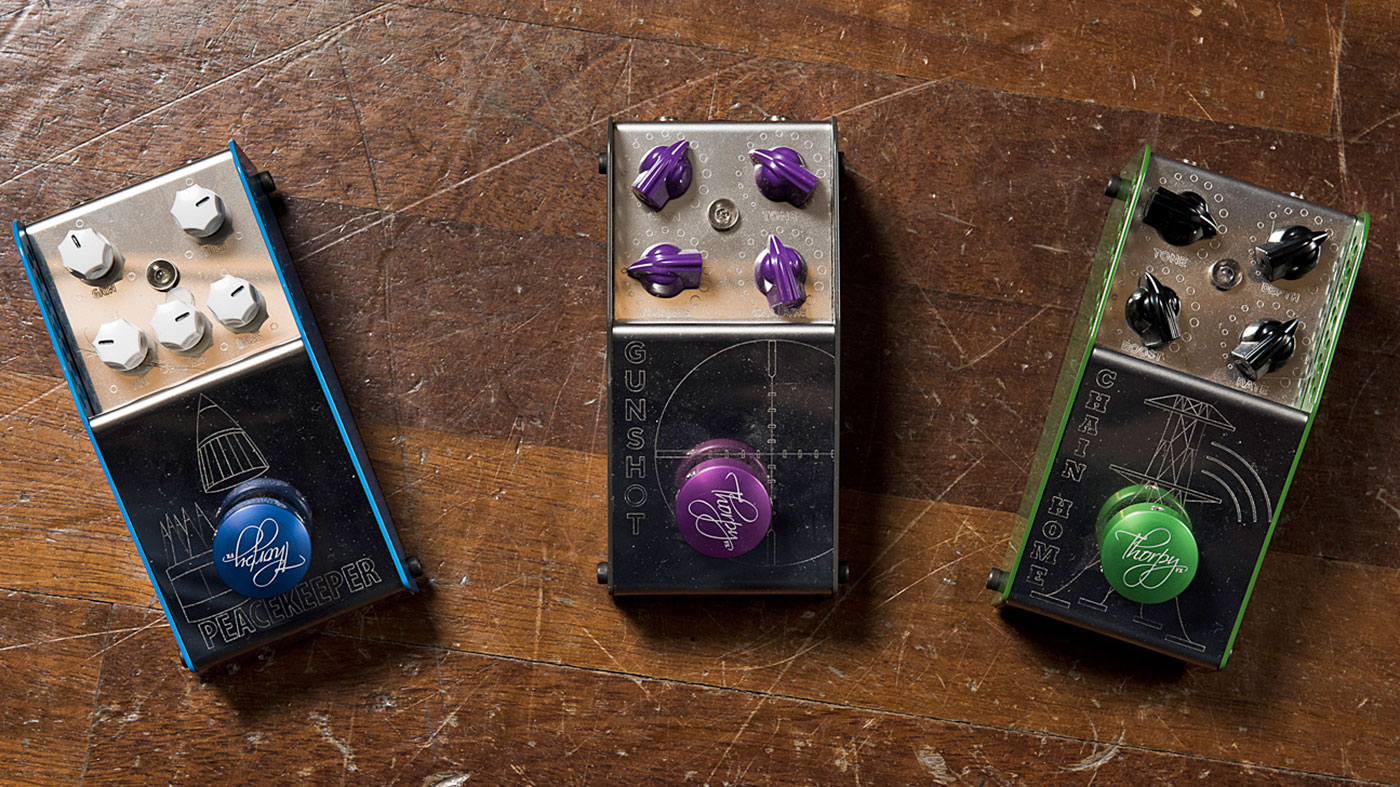
ThorpyFX effects - including these Peacekeeper low gain overdrive, Gunshot overdrive and Chain Home tremolo pedals - are among Graham’s favourite stompboxes, both for live use and in the recording studio.
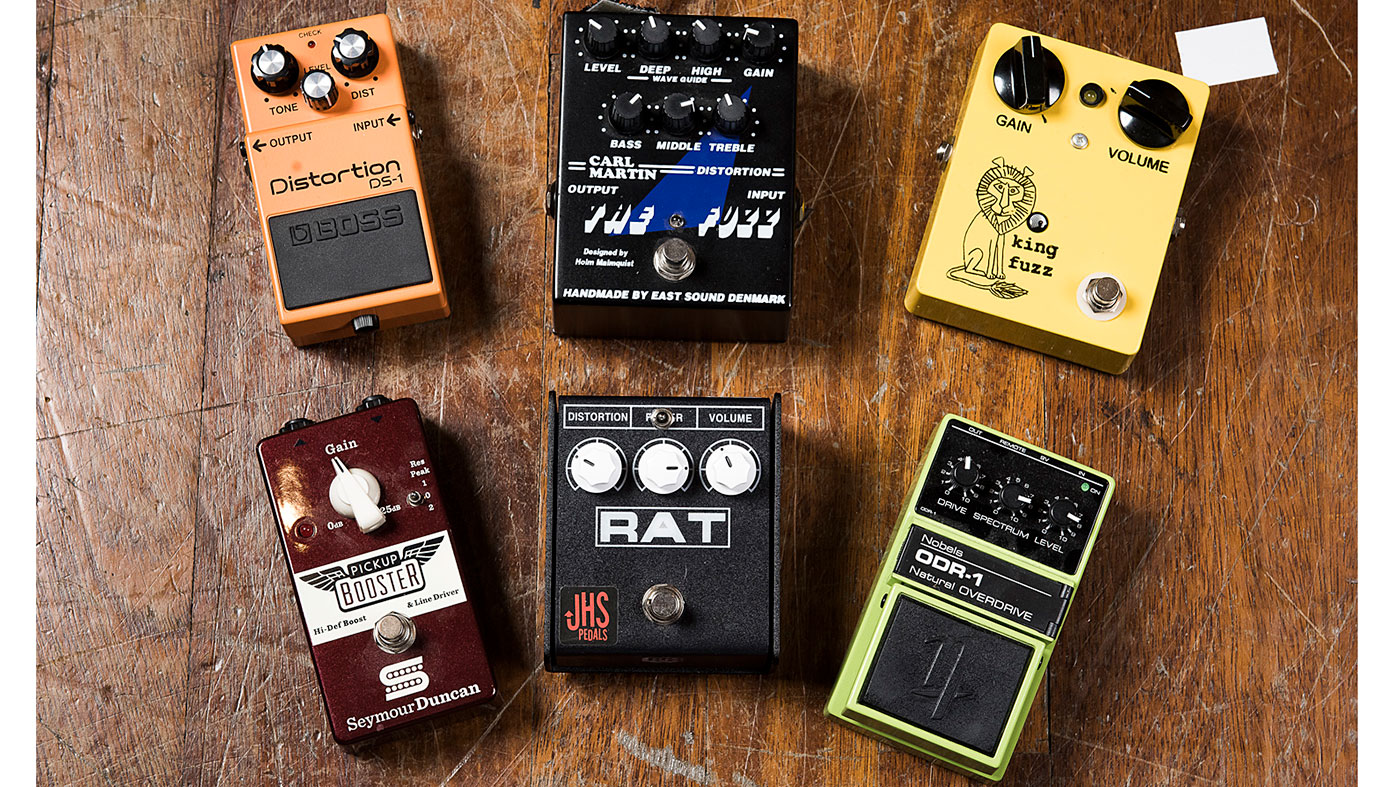
Clockwise (from top left): Boss DS-1 Distortion; Carl Martin The Fuzz; Bigfoot Engineering King Fuzz; Nobels ODR-1 Natural Overdrive; ProCo RAT 2 Foot Pedal with JHS Pack Rat mod; and Seymour Duncan Pickup Booster.
Ideas man
How do you develop and record ideas?
“I use Logic, but I used to use one of those old Roland VS -2000 hard drive recorders with a Line 6 Pod and a drum machine. That was how I got the demos together for Happiness In Magazines, just to get the vibe over, really. [Happiness In Magazines producer] Stephen Street was like, ‘Well, you know what’s going on.’ It was basically a couple of distorted guitars, bass and drums. It wasn’t very complicated.”
It sounds like you were more preoccupied with the essential ideas…
The people at Marshall listened to my Plexi and said, ‘This is tons louder than a normal one,’ and it’s got this kind of rattle to it
“It was all about getting something down and getting the job done. I never noticed any kind of veil between my playing and the sound - y’know, if the emulation wasn’t reacting and translating, or that I couldn’t play as I wanted to play. I’m not very sensitive to that. I mean, I can be, but this was the time when I just wanted a distorted guitar chugging away, y’know? I could feel the difference when I started using the Line 6 Helix though, especially when I started using the modulation effects.”
Can you generally tell the difference between digital and analogue effects?
“Telling the difference between things that are digital and analogue is often the same as telling the difference between something that’s analogue and analogue - they’re all different anyway. It’s like microphones - no one is going to sound exactly the same as the other, apart from stuff like matched pairs. When it comes to really old equipment such as pedals, they can be quite different. And the same goes for guitars, of course.”
It can be virtually impossible to truly replace old analogue gear…
“I remember going on a search through loads of old Plexis, to maybe get another one, and none of them sounded like my old [1959 SLP] that I got years ago. Even the people at Marshall listened to my Plexi and said, ‘This is tons louder than a normal one,’ and it’s got this kind of rattle to it, which I’ve never found in another Plexi. I auditioned tons of them a few years ago for a Blur tour, when I was getting a bit worried about mine. I thought, ‘Maybe I should just get another one,’ but I was never happy with how it sounded.”
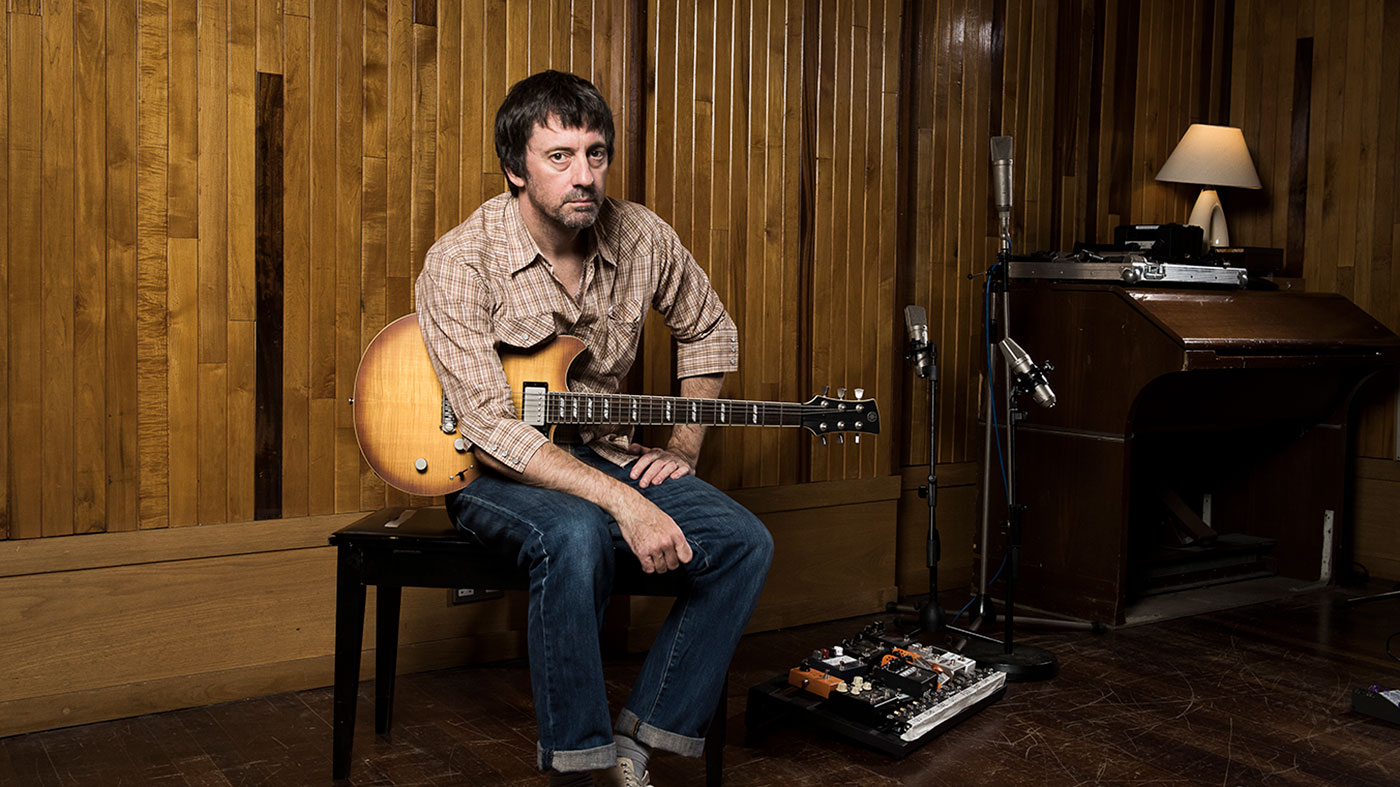
Chairman of the 'board
Certain gear can affect your playing way more than you might realise at the time…
“It totally changed my life, getting that Marshall. I was struggling for a long time with amplifiers - just getting them to do what I needed them to do. Particularly when it came to changes in dynamics, because I was never a guitar volume knob kind of person. I know that if I had approached things in a more geeky, proper way, then I may have used my volume and tone knobs a little more, but I pretty much get all of my tones from pedals, with all of the guitar knobs turned up. That’s just how I’ve always done it.”
Effects pedals have been a big part of your sound since the early Blur days…
So many new, amazing things are coming out now, like the [Hudson Electronics] Broadcast, which I love
“I always relied on all my dynamics from pedals - getting louder and louder and getting three or four levels of dynamic. I had enough to worry about with complicated pedal changes and backing vocals. I couldn’t be doing with adjusting my guitar volume as well. I’m used to pressing pedals!”
What are some of your favourite effects pedals at the moment?
“I was never properly into pedals until the last couple of years, I guess. I always had my ’board, and that was full of stuff that I’d used since I was in my 20s. But so many new, amazing things are coming out now, like the [Hudson Electronics] Broadcast, which I love.
“And I love ThorpyFX pedals. They’re totally usable, especially the Fallout Cloud. It’s flippin’ amazing because when you turn the volume up, it doesn’t just get to a point and then stops doing anything - it keeps going. And the Origin Effects guys are making some incredible stuff - the Cali 76s are beautiful compressors. I’ve got a couple, including a Union Jack one.”
It’s good to see a couple RAT distortion pedals still lurking around.
“I used the original [ProCo] RAT pedals and I got the FATRAT, just to see how similar to the old RATs it is. There’s also a JHS-modded RAT there. I often use fuzzes in conjunction with RATs when I want some chaos. I’m not a fantastic, shreddy sort of lead player, so I like to put the guitar under a certain amount of stress and see what it asks - just to see what it wants me to do, whether that’s controlling noise or hurting it a bit more.
“I used RATs regardless of what their purpose was, really. I mean I had no idea that [my use of] the RAT may have come about from, say, its mid-boost during soloing; as far as I was aware it was just a distortion unit! I didn’t used to know the difference between distortions, fuzzes and overdrives, but now I guess I know a bit more.”
Rod Brakes is a music journalist with an expertise in guitars. Having spent many years at the coalface as a guitar dealer and tech, Rod's more recent work as a writer covering artists, industry pros and gear includes contributions for leading publications and websites such as Guitarist, Total Guitar, Guitar World, Guitar Player and MusicRadar in addition to specialist music books, blogs and social media. He is also a lifelong musician.












